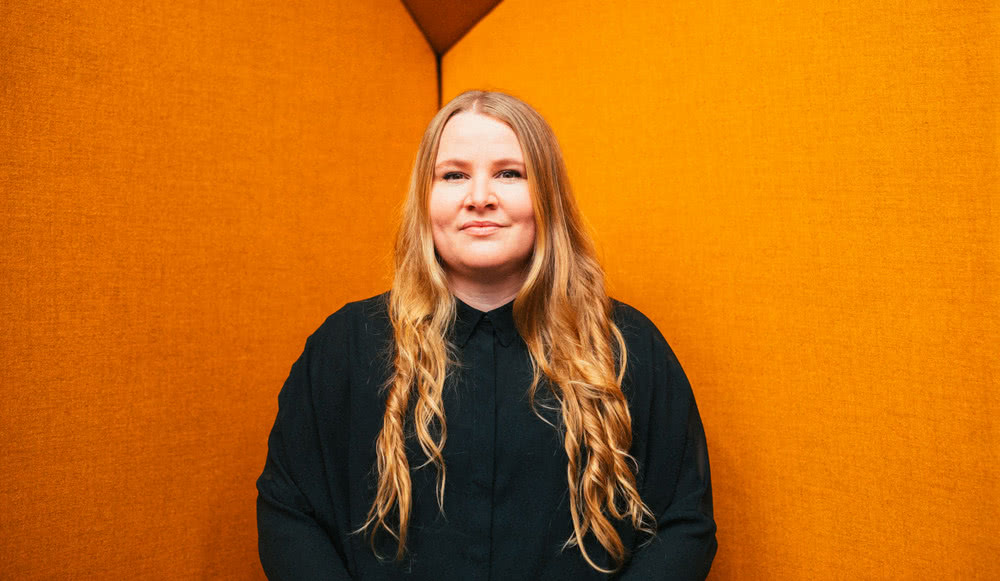Musicians’ meagre pay the focus of a new national AMIN study

There’s no business like the live business. Getting paid, well, that’s another story.
The Australian Music Industry Network (AMIN) has partnered with Australia’s major contemporary music bodies for a granular study into pay in the live sector, announced today.
The national Live Remuneration Survey will be distributed to over 100,000 live music performers through the likes of APRA AMCOS, MEAA, Music Australia, Sounds Australia, Association of Artist Managers, AIR and other peak associations.
The live sector is smoking. And across all forms of live entertainment, Australians each year spend well over a billion dollars their nights out, data published by Live Performance Australia has revealed.
But the disparity in pay between the high-flyers and the rest has never been more acute.

APRA AMCOS
Performers are often shafted at on pay day, while Australian classical orchestral musicians enjoy secure and regulated pay rates, notes AMIN.
“Award rates for contemporary music are commonly ignored, leaving artists to make the impossible choice of accepting low pay, requesting better pay and potentially being replaced by someone cheaper,” the trade body notes, “or saying ‘no’ and losing the opportunity completely. A seemingly endless supply of artists willing to play for little-to-nothing means the economics of performing live is uncertain at best.”
The survey hopes to get a firm grasp on how performer income is calculated and whether costs such as travel, parking, accommodation and rehearsals are part of the mix. It will also look at just how commonplace matters such as superannuation, income protection insurance and public liability insurance are among respondents.

Emily Collins
“In such a volatile market, it’s important that we understand the experience of the artist, as central to the live music experience,” explains Emily Collins, chair of AMIN. “So often we hear about how our industry is thriving, yet many musicians we work with earn less than $12,000 annually with little to no financial security. Live performance used to make up a significant proportion of annual income for musicians – we want to test if that’s still the case and if not, what’s changed.”
The report will be so much more than a snapshot of a buzzy business and the onerous conditions placed on so many of its professionals. It’s data will used in the industry’s fight for fairer working standards for contemporary musos. It’ll be used to facilitate action.
Looking ahead, AMIN intends to leverage its report to:
• Create audience-focused campaigns on the value of live music
• Implement industry campaigns to stamp out ‘good exposure’ gigs
• Investigate the potential for an industry-supported award rate for live performance
• Assess the commission structures of booking agents, promoters and artist managers and develop best-practice templates
• Make a case for better support for live music funding and investment
• Work with banks and insurance companies to create accessible products and services for musicians
• Work with industry to improve artist conditions
• Take steps toward securing superannuation for musicians
Also, APRA AMCOS’ Head of Member Services Jana Gibson explains, the outcome of this survey will assist the wider music industry to advocate for more live music funding and investment, and “devise programs to better support musicians at all stages of their careers.”
The survey runs to 39 questions and can be found here.
For a little sweetener, respondents will go in the draw for a swag of prizes, including a home studio package from RODE Microphones, a Performers Liability Insurance Policy from Aon and cold, hard money.
Put aside 20 minutes and get in.
This article originally appeared on The Industry Observer, which is now part of The Music Network.






























